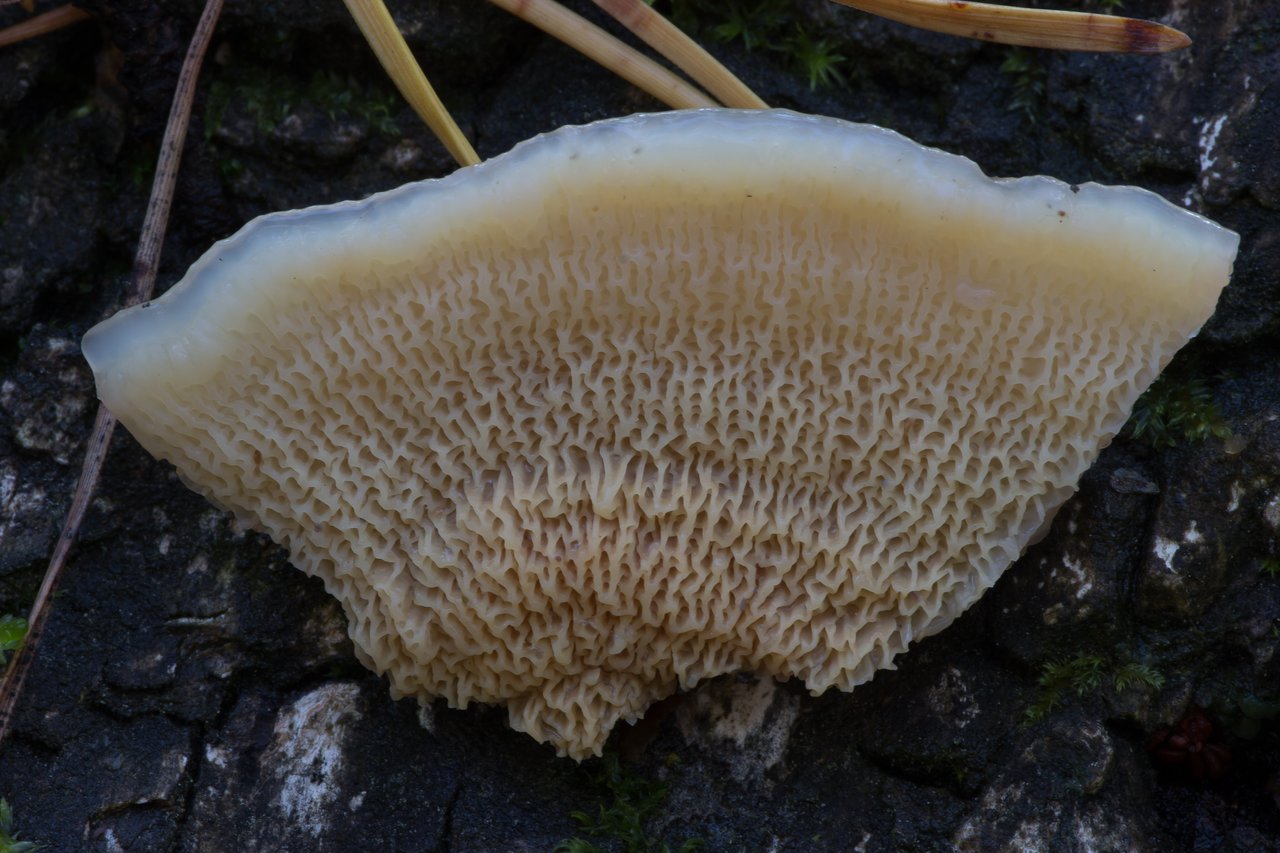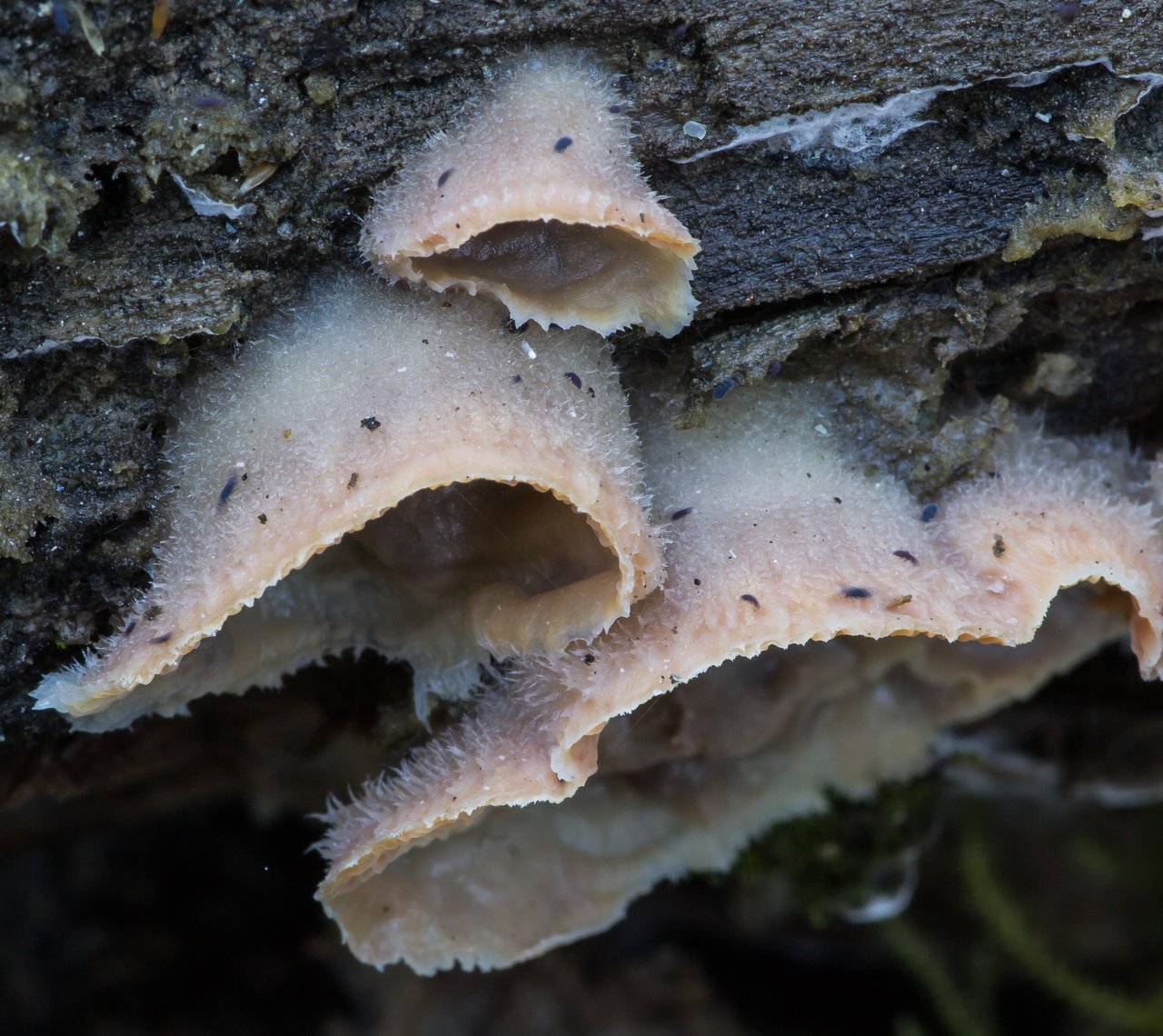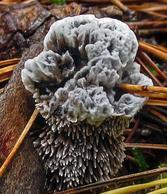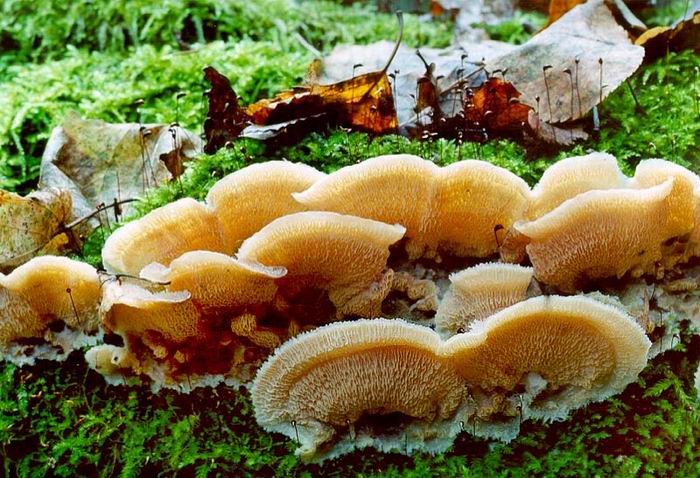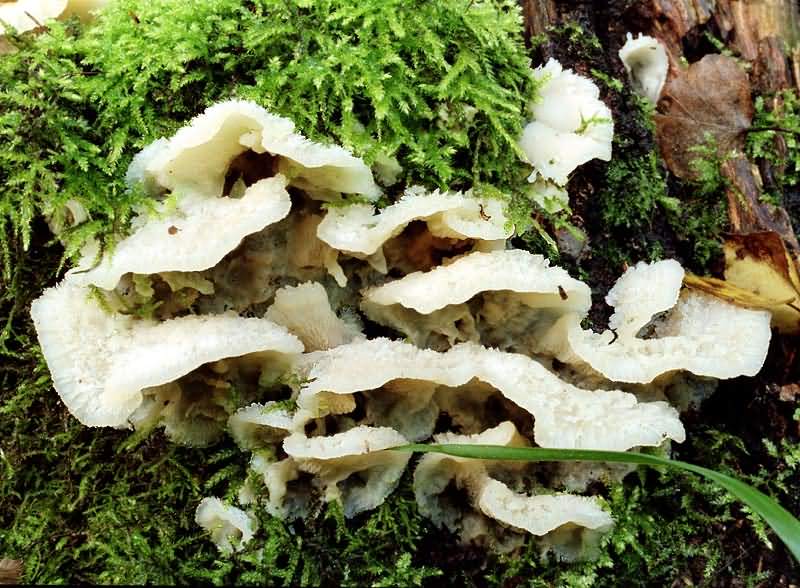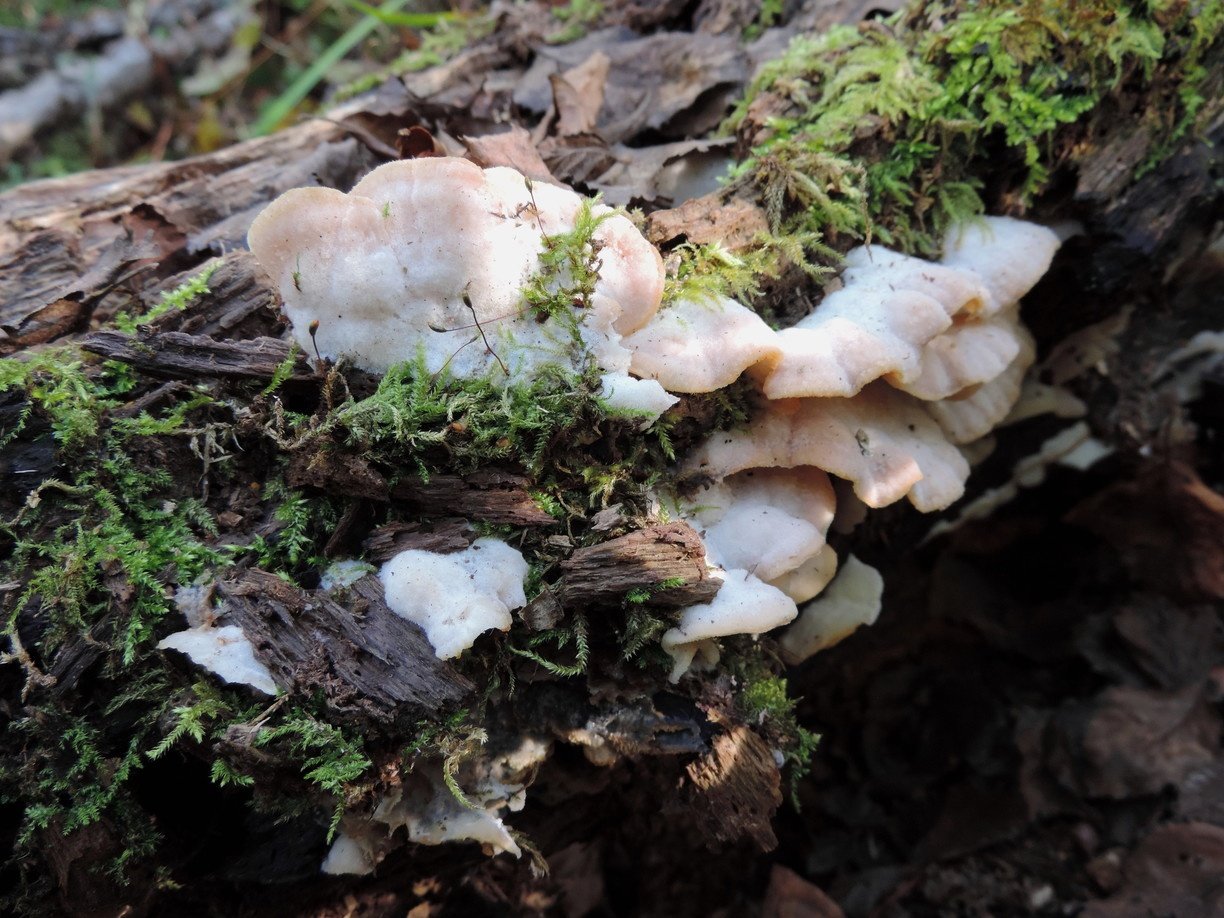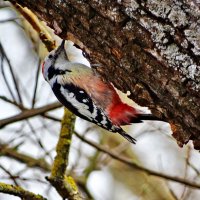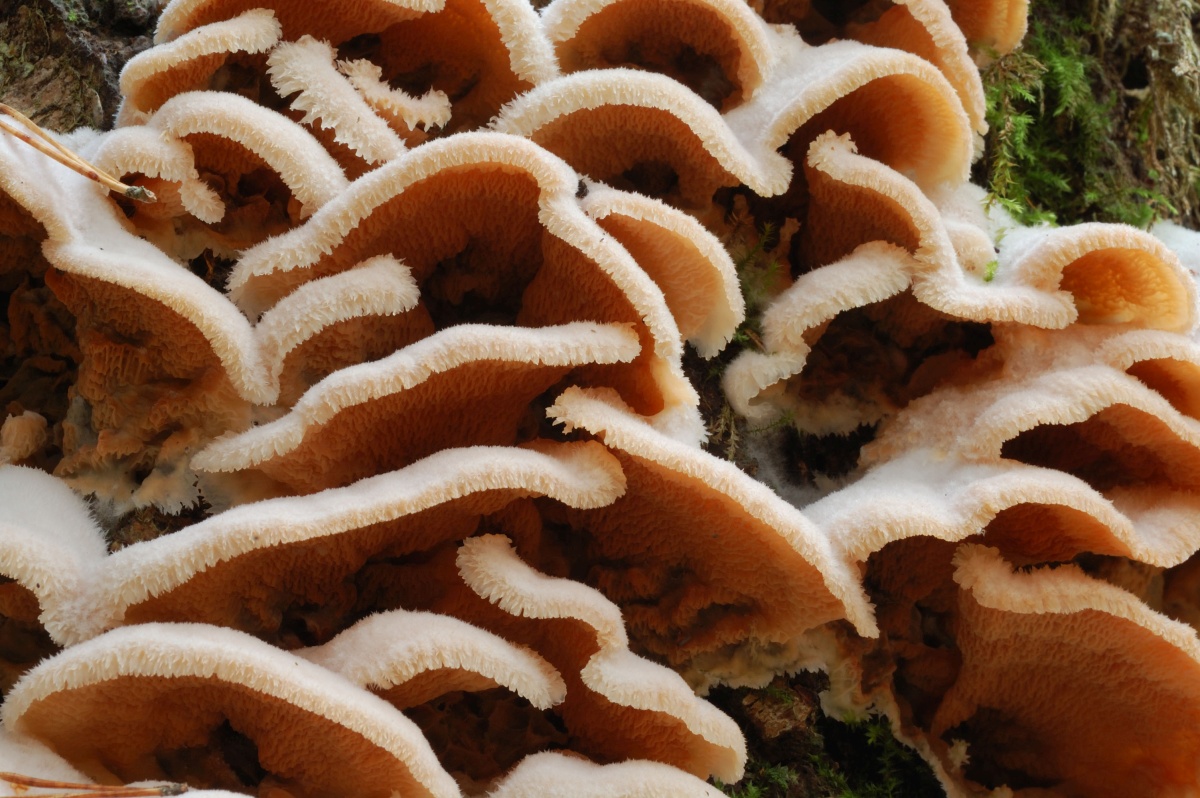Merulius trembling (Phlebia tremellosa)
Synonyms:
- Agaricus betulinus
- Xylomyzon tremellosum
- Sesia tremellosa
- Boletus arboreus
Name history:
Originally named Merulius tremellosus Schrad. (Heinrich Adolf Schrader), Spicilegium Florae Germanicae: 139 (1794)
In 1984, Nakasone and Burdsall transferred Merulius tremellosus to the genus Phlebia, Phlebia tremellosa, based on morphology and growth studies. More recently, in 2002, Moncalvo et al., Based on DNA studies, confirmed that Phlebia tremellosa belongs to the genus Phlebia.
Thus, current name: Phlebia tremellosa (Schrad.) Nakasone & Burds., Mycotaxon 21: 245 (1984)
Description
This bizarre mushroom is widespread in different continents. It can be found on dead hardwood or sometimes softwood. The typical form of Phlebia quivering is a classic example of what mycologists call "effused-reflexed" by the fruiting body: the spore-bearing surface spreads through the wood, and only a small amount of pulp appears as a slightly expanded and a tucked-in top edge.
Other distinctive features include a translucent, orange-pinkish spore-bearing surface, in which pronounced deep folds and pockets are visible, and a whitish, pubescent top edge.
Fruit body: 3-10 cm in diameter and up to 5 mm thick, irregular in shape, prostrate on the substrate with hymenium on the surface, except for a small upper "influx".
The upper tucked edge is pubescent, whitish or with a white coating. Under the bloom, the color is beige, pinkish, maybe with a yellowish tinge. As Phlebia grows quivering, its upper, turned edge acquires a slightly sinuous shape, and zoning may appear in its color.
Lower surface: translucent, often somewhat gelatinous, from orangeish to orange-pink or orange-red, to brownish in age, often has a pronounced zoning - almost white to the edge. Covered with a complex wrinkled pattern, creating the illusion of irregular porosity. The trembling merulius changes greatly with age, this is especially evident from the way the hymenophore changes. In young specimens, these are small wrinkles, folds, which then deepen, acquiring an increasingly bizarre appearance, reminiscent of a complex maze.
Leg: absent.
Flesh: whitish, very thin, elastic, slightly gelatinous. Odor and taste: no particular taste or smell.
Spore powder: White. Spores: 3.5-4.5 x 1-2 microns, smooth, smooth, non-amyloid, sausage-like, with two drops of oil.
Ecology
Saprophyte on dead deciduous wood (prefers broad-leaved) and, rarely, conifers. Fruiting bodies are solitary (rarely) or in small groups, they can grow together into rather large clusters. Cause white rot.
Season and distribution
From the second half of spring until frost. Fruiting bodies are annual, can grow on the same trunk annually until the substrate is depleted.
Merulius quivering is widespread in almost all continents.


